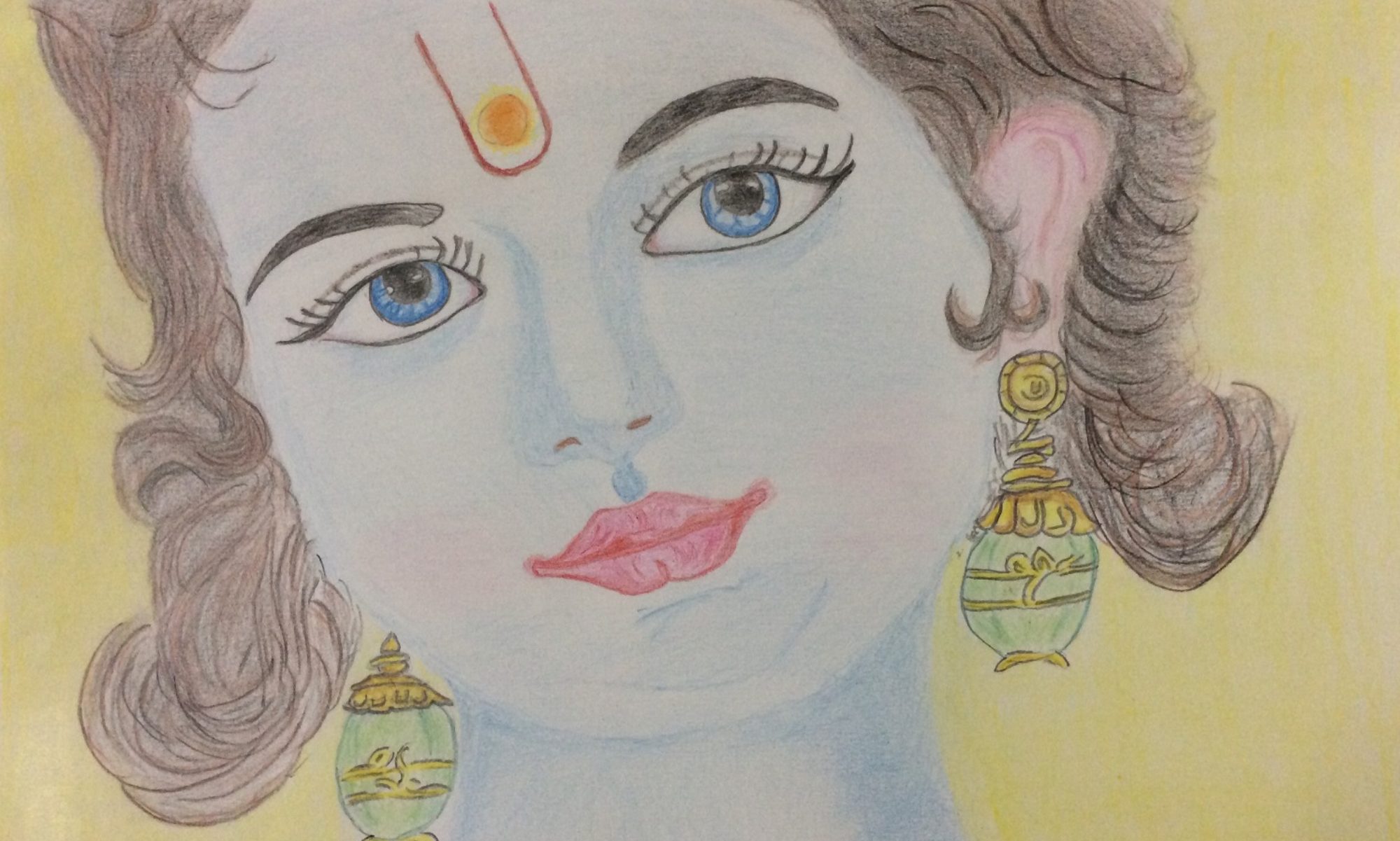
The study of Jyotisha has evolved from an in-depth study of Astronomical concepts. The concept of time was well understood through the cyclical motion of the Sun, the moon and the planets over the backdrop of the stars in space.
Image (Right): The Tamil Festival of Vishu marking the beginning of a New Solar Year
The Hindu calendar systems is established on the movements of the Sun and the Moon. In fact all of the accepted calendar systems of the world are all based on the same concepts and follow the motion of the Sun & Moon. Calendar systems of India can broadly be divided into two categories:
- Solar Calendar – based majorly on the motion of the Sun
- Luni-solar Calendars – based on a combined motion of Sun and the Moon
In any of these systems, the time interval of a Year (a Samvatsara) is almost always the same across the globe and is taken as the period taken by the earth to complete one full revolution around the sun. Conversely, from the vantage point of the earth, it is one complete revolution of the Sun around the Zodiac. Thus it takes the Sun ~365 days to complete this circle (at a pace of approx. around 1o each day; 360o in ~365 days).
Solar Calendars:
Solar Calendars are followed mostly in Southern India. These calendars follow the motion of the Sun. Since there are 12 Zodiac signs, we have 12 months and the Sun spends around 30 days in each sign. A new month is born when the Sun transits from one Zodiac sign to the other. The Tamil calendar is Solar centric and a New Year (eg. Vishu) begins in the month of April when the Sun enters the sign of Mesha (Aries). Aries is typically known as the starting point of the Zodiac and thus this is also the beginning of each new Year. The Sun is also exalted in the sign of Aries.
Uttarayana (Northward movement of the Sun) begins when the Sun crosses the sign of Capricorn (Makara). This event is marked as Makara Sankranti (meaning crossing the sign of Makara / or Capricorn). Here astronomically, the Sun apparently crosses the Tropic of Capricorn (23.5o S Latitude). Similarly Dakshinayana begins when the Sun crosses the Sign of Cancer (or the Tropic of Cancer, 23.5o N Latitude).

Luni-Solar Calendars:
Luni-Solar calendars are also very popular in India and is followed in Maharashtra and certain Northern States of India. In the case of luni-solar calendars, the phases of the moon are tracked, i.e. relative motion of the Moon with the Sun’s motion. Each month begins with a New Moon, in Amantya calendars and with a Poornima in Poornimant calendar systems. The month changes at the time of the next new moon or next full moon depending on the calendar system followed. Each Tithi is a new day and thus we have 2 Pakshas (Fortnights) in a month of 15 days each. The basic difference with the luni-solar calendar is that months begin with each Full moon or New Moon as against the solar calendar where each month begins when the Sun transits to the next Zodiac sign.
During the course of each Full Moon / New Moon monthly cycle the Sun transits to the next Zodiac sign and thus each month usually has one Full Moon & one New Moon. However, there are rare occasions where there may be 2 New Moons or 2 Poornimas in the same month. Such rare instances gives rise to an ‘extra month’ in a year which is called as “Adhika Maasa”. This event of having an extra month occurs approximately every 2.5 to 3 years.One recent occurrence was in this current year (2020) where we had 2 New Moons in the month of Kanni (Sun in Virgo). Since most of our Indian festivals are based on Tithis, the occurrence of an extra month pushes our festivals forward by about a month (Eg. Mahalaya in 2020 occurred in September, while Navratri happened almost a month later in October).
The Hindu Time scale is thus amongst the most sophisticated time measurement systems in the world as, it covers both – the metrics of Cosmic time which has time cycles in Eons (Millions of Years) to those in the Human Scale with time cycles in Years

